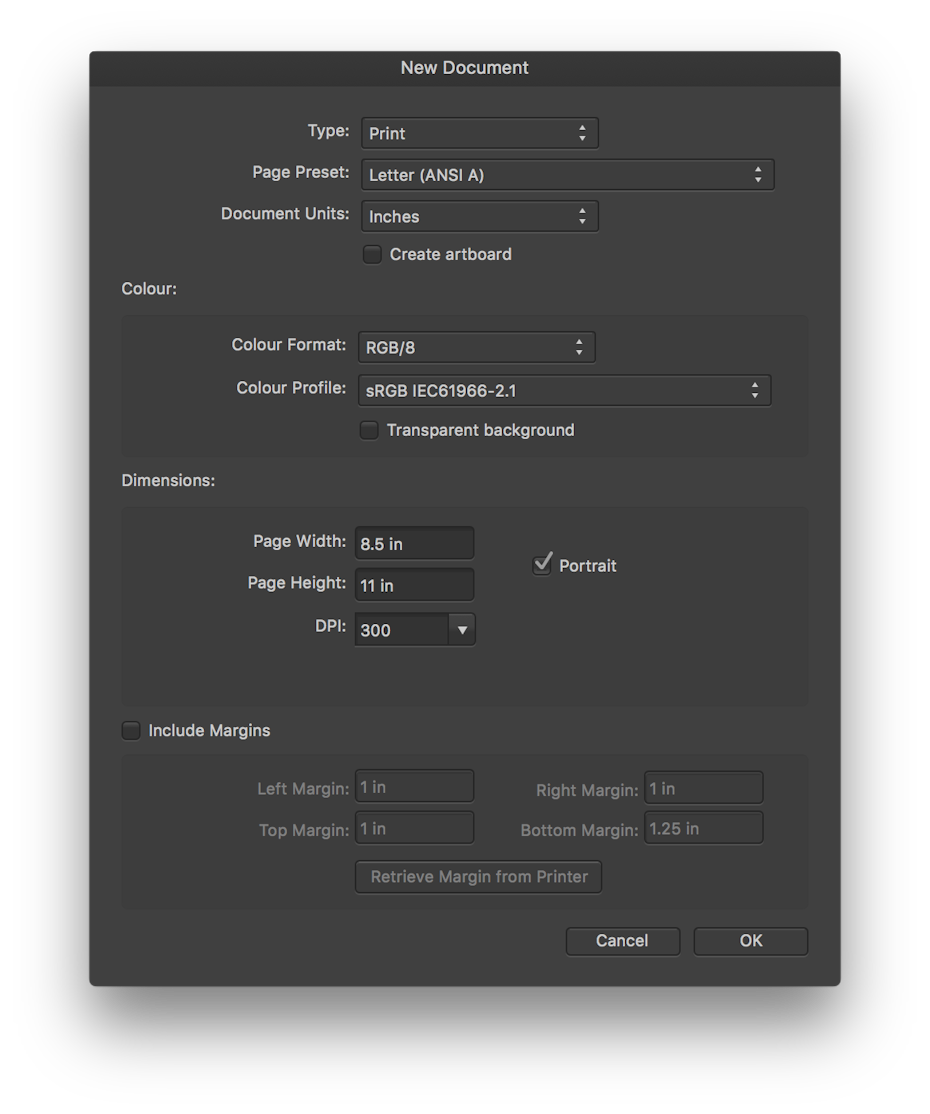The most robust Affinity Designer export option for vector image files is EPS (Encapsulated PostScript). EPS files can be directly imported into After Effects and behave almost just like an Illustrator file without a performance hit. While exporting.
Affinity Designer has an incredible zoom of over 1,000,000%. Precise zoom makes the program incredibly accurate. Three times faster than Adobe Illustrator. Can pan and zoom at 60 frames per second. Has live gradients, adjustments, and effects. The program lets you preview curve edits and transforms live as you create them. Share your videos with friends, family, and the world. Compatible softwares: Final Cut Pro, After Effects, Premiere Pro, Photohop and more About: Affinity Photo Presets free download “Affinity Photo Presets” INCLUDES: 50 Presets available in.cube.3dl formats. The presets work with all types of Affinity software. Fully compatible with JPG, TIFF, PNG and RAW Images (All Formats) Work on Mac. If you have a bundle of portrait photos that require editing, this is one of the best Affinity Photo presets you can find. It removes unappealing shine and abrupt color tone shifts, improves blacks and makes other colors more saturated. Affinity Photo Preset.
My name is Dimitrios Sakkas and I am a 3D artist from Greece. Recently I published a project called HyperRace, which is a 3D animation I made with Blender and Affinity Photo, based on the Hyper Drive series on Netflix—I’m a real fan! HyperRace is a trailer video about cars and racing, and today I wanted to share my process with you and show you how I transfer my work from program to program to create the final video.
In this mini tutorial we will see how I use Affinity Photo for my post-processing and also to achieve the final look for my still and animated renders. Let’s get started!
Blender
The first step is in Blender to set the render settings. Most of the time I use the same settings for my renders: 32bit open exr float. Render passes: Beauty (final render), Shadow, AO, Mist and Emit.
For this project I only use the Final Render, Mist and Emit, which you can see below.

Affinity Photo
Now we move on to Affinity Photo. My first steps are always the same for any render in Affinity Photo. I open the app, choose a new stack and then load all the passes. Once the new document has opened, I ungroup the layers and start the post-processing. The first layer is the final render.
Above it, I usually blend the Mist pass with the Beauty (Final Render). This blend makes the artwork more atmospheric and more realistic. Also, I can control the focus and the atmospheric lighting.

In this particular artwork I blend the Mist pass in two different layers and modes:

First Mist Layer—the first mist layer has an Invert Adjustment applied and Multiply selected. This is used to make the background darker which then makes the car and the woman pop out.
Second Mist Layer—the second mist layer is used to make the artwork more atmospheric. I’ve also recoloured it to make it more blueish.
The last render pass I blend is the Emit pass. I blurred the Emit pass and blended it with the Add blend mode. This blend makes the lights pop out.
Next comes post-processing using all the tools that Affinity Photo has to offer.
I start with depth of field and split toning. With the Depth Of Field filter I control the focus point of the artwork, and with the Split Toning adjustment I control the colours of the highlights and the shadows and balance them.
I add an Exposure adjustment to make the image pop.
Also, I add some Brightness/ Contrast.
Then some Noise to create a grainy look.
And the final look comes together with a custom LUT file.
All of the above processes are used to make my artwork look more realistic and cinematic.
The exact same process is used in all shots (renders). This makes the animations look solid and connected.
I now move on from Affinity Photo to After Effects/DaVinci Resolve.
Due to how Affinity Photo works, with all the live filters and layer effects, it is very easy to transfer all of the above process to After Effects and DaVinci Resolve. Download turtle beach driver.
After Effects
I’ve now transferred the process to After Effects.
The “For depth” named layer is the Miss pass that is used for depth of field effects via luminance.
Luminance is used to control the Zdepth of an image. With this method, you can control at any time the focus point of your subjects and make the right depth of field effect for your animations etc.
To achieve the same results as in Affinity Photo, I used the same effects (levels, invert, Hue/Saturation, motion blur etc.), and equivalent effects (Lumetri colour for Split Toning, Apply Colour LUT for LUT Adjustment and Camera Lens Blur for Depth of field).
DaVinci Resolve
Sotec driver download for windows 10. And now we move on to DaVinci Resolve.
Post-processing is done in Fusion for image/layer blending. OCIO file transformation is used to transfer the default colour profile to Filmic (Blender export colour profile). Unfortunately, DaVinci doesn’t load EXR files correctly, so we need to transfer it to the same colour profile as the Blender render.
Post-processing is done in Fusion for Image/layer blending and in Colour mode for colour adjustments and final colour correction.
To create the same look as in Affinity Photo, I used the same effects (invert, motion blur etc.), and equivalent effects (Colour Corrector for Levels—Hue Saturation, Merge for blend modes and blending the images together).
Then I continue the colouring in the Colour mode. In the first Node, I make the colour corrections as Levels, split toning, brighten and contrast and Hue saturation. In the second node, I apply my Custom LUT file.
That’s all folks. I hope all of these processes help someone to learn something.
I leave you with some stills from the final video which hopefully you enjoyed.
You can see more of Dimitrios’ work at dimitrissakkas.com, Instagram and Vimeo.
The below displayed animation was created by our client using Adobe After Effects. The language elements for translation are the onscreen text that appears throughout the animation, and also the accompanying voiceover narration.
The target languages for translation were specified by the client as Spanish, French, Vietnamese, Telugu, Tamil, Korean, Hindi, Simplified Chinese, Traditional Chinese, and Arabic. Wist driver download for windows.

The first step of the project was to set up all text for translation into a bilingual table with source English text in the left column and space for the corresponding target language translation text on the right. The source text includes both the onscreen text and the narration. The bilingual tables for translation were then assigned to native speaking translators in each of the target languages. Following translation a second linguist proofread the translations as a quality assurance step.
Professional voiceover recordings were prepared in each target language based on the translated script. Onscreen text translations and the new voiceovers were brought back into Adobe After Effects to create the translated versions in each of the target languages. Each final version appears below. If you find language to be interesting you might enjoy taking a look and listen to a few of them.
Spanish

French
Vietnamese
Telugu
Tamil
Korean
Hindi
Simplified Chinese
Traditional Chinese
Affinity Designer After Effects
Arabic
Affinity After Effects Program
You can see additional examples of video translation projects by clicking the link. For information on services feel free to contact us by telephone or email.
